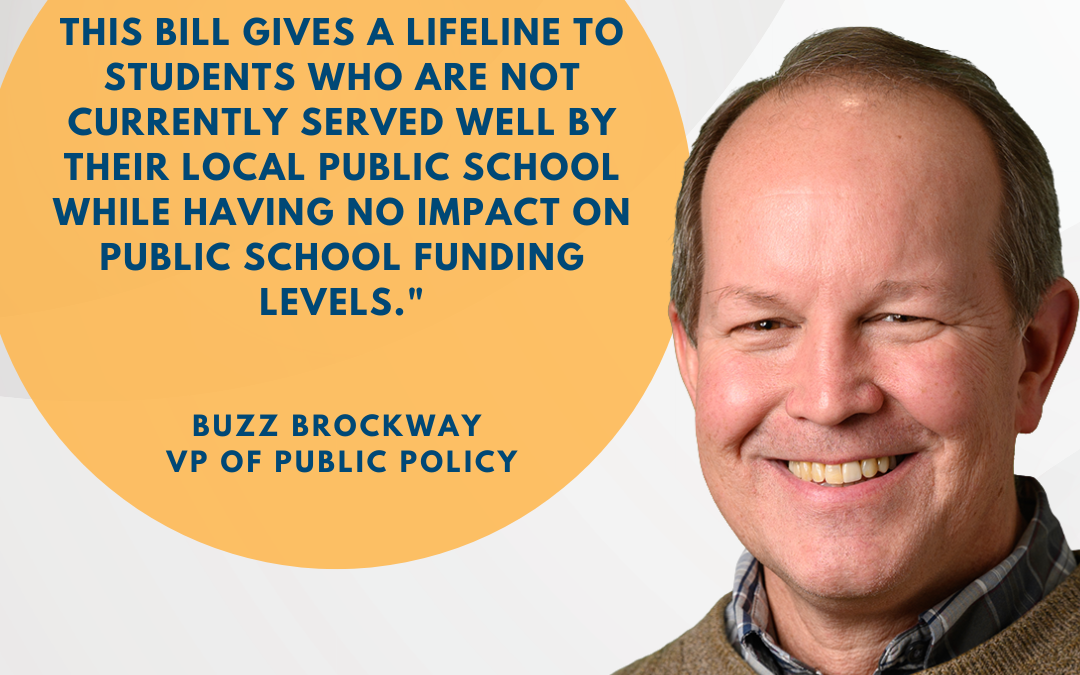- Nannie Helen Burroughs (1879-1961)
Nannie Helen Burroughs was born in Virginia, and after her father’s death, she moved to Washington, D.C., with her mother where she completed high school and graduated with honors. While Nannie’s career began with roles in secretarial and bookkeeping work, education would eventually become her focus.
Her mark in education was a unique one: Nannie wanted to help poor, working African American women. She believed that these women should have opportunities to learn skills beyond domestic work, so in 1909, she founded the National Training School for Women and Girls in partnership with the National Baptist Convention and through the support of small donations from the black community. The school provided job training and academic instruction to young black women, giving them the option to enter the workforce and pursue careers. The school was one of the first of its kind in the early 20th century, and Nannie served as its president until her death in 1961.
“To struggle and battle and overcome and absolutely defeat every force designed against us is the only way to achieve.” — Nannie Helen Burroughs
- Esau Jenkins (1910-1972)
Esau Jenkins was a shining example of how community members can contribute to improving education for underserved kids. Having grown up in the era of segregation, Esau knew what it was like not to have access to educational opportunities. If he had anything to do with it, the kids in his South Carolina community would not have to suffer the same injustice.
So, Esau and his wife used part of their income to buy a bus to transport their own kids and fellow children on South Carolina’s Sea Islands to schools in Charleston. Esau also used his bus to help adult workers get to their jobs. During these rides, he and his wife would teach the workers about the U.S. Constitution and other information that was required to pass literacy exams and become a registered voter. This experience showed Esau that a better approach to adult education was desperately needed, and he founded the first Citizenship School on Johns Island to provide more structured education for adults, including instruction in basic literacy and politics. Thanks to his efforts, thousands of African Americans became registered voters.
Even while supporting adult education, Esau’s motivation to help kids did not falter. In 1951, Esau played a key role in establishing Haut Gap School on Johns Island so that the youth in that community would have a quality education option. Today, Haut Gap is a middle school that functions as a magnet school—a type of public school option that specializes in certain curriculum areas, such as STEM (Science, Technology, Engineering, and Math), the arts, or vocational training.
“It takes a pretty large person to love. Any small person can hate.” – Esau Jenkins
- Septima Poinsette Clark (1898-1987)
Septima Poinsette Clark’s legacy was that of a community teacher. Septima grew up in Charleston, South Carolina—a place where the lines of segregation and class were strictly and harshly drawn, especially when it came to education. Septima was a bright student. After sixth grade, she tested directly into ninth grade at the Avery Institute and graduated from high school in 1916. Financial constraints prevented her from attending college, but even without a degree, she passed the state examination that allowed her to teach.
Charleston did not allow African Americans to teach in its public schools, so Septima took a teaching job in the rural community of Johns Island just outside of Charleston. Throughout her 40 years as an educator, Septima had various jobs where she would teach children during the day. At night, on her own time, she would teach African American adults how to read and write and, in the process, she developed several innovative methods to help them pick up these skills more quickly. Septima believed that literacy and citizenship went hand-in-hand, so as she taught basic literacy skills, she also helped adults learn about their rights and become informed, registered voters. Through her work, she became an influential civil rights leader and activist, known as “The Mother of the Movement” by Dr. Martin Luther King, Jr., and many others.
“What we are working for is an educational program that has become a resource and rallying point for scores of brave southerners who are leading the fight for justice and better race relations in these crucial days.”








